Australia is a country that occupies an entire continent. This continent separated from others early on and evolved many unique Australian animals that inhabit this land. Without the age of exploration, these animals might have remained undiscovered.
According to statistics, there are about 650 bird species in the world, of which 450 are unique to Australia. With the exception of South America, most marsupials in the world are found in Australia. Even the national emblem features animals, showing how important these creatures are to Australia. How much do you know about Australia’s iconic animals? Let’s find out!
Unique Animals you can find in Australia
Kangaroo
The kangaroo is a representative animal of Australia and is considered a national treasure. However, due to overpopulation, kangaroos can be legally hunted in Australia. There are over 50 species of kangaroos, ranging in size from 30 centimetres to 3 meters. Some are as tall as men, while others are smaller!
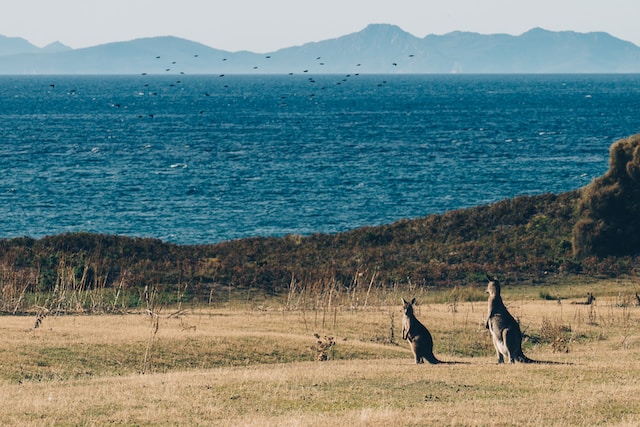
Koala
The koala is another national treasure of Australia. Koalas do not really drink water as they get enough moisture from the eucalyptus leaves they eat. Like kangaroos, koalas are marsupials, but their pouches open downwards.
The devastating Australian wildfires that occurred from previous year to this year greatly impacted the koala population. As these already rare creatures struggled to survive, conservation efforts have intensified, and we hope to see many new adorable koala in the future!
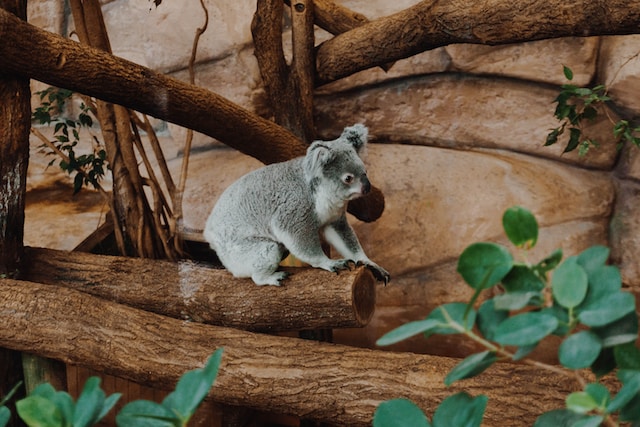
Emu
On Australia’s national emblem, aside from the kangaroo, you’ll find the emu! Emus are also unique to Australia. They resemble ostriches found in the Arabian deserts but are even taller, making them one of the largest birds in the world, with an average height of over 1 meter and weighing several tens of kilograms. Emus’ wings and tails have degenerated, so they cannot fly, but they are skilled swimmers and runners!
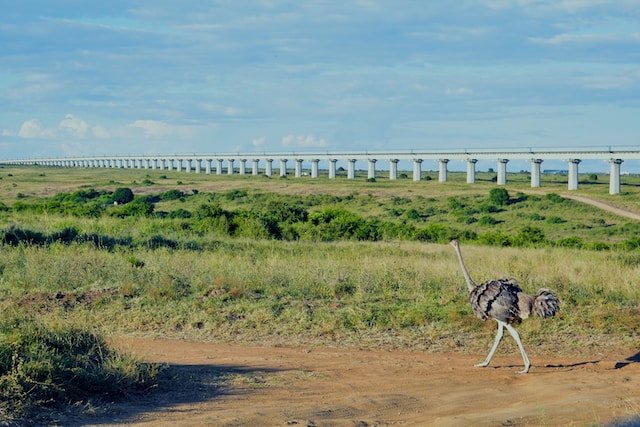
Platypus
As we all know, mammals do not lay eggs, and egg-laying animals are not mammals. However, the platypus is an exception. It both lays eggs and nurses its young, and it incubates its eggs just like birds. It wasn’t until the 1980s that zoologists finally classified them as part of the subclass Prototheria, and they were named “monotremes.”
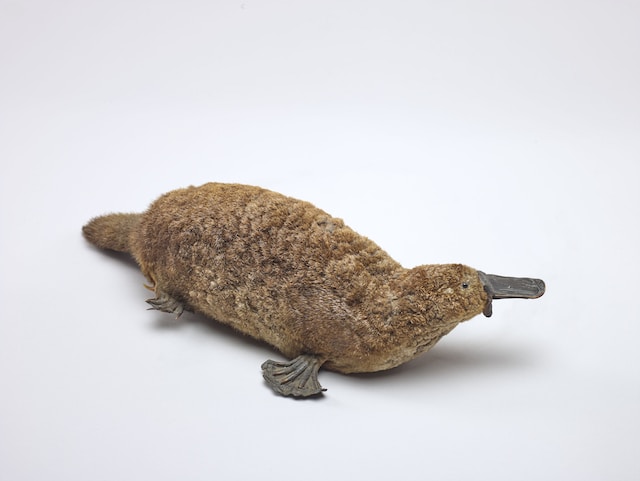
Echidna
The echidna is a close relative of the platypus and has spines on its back, resembling a hedgehog at first glance. Its eyes are small, and its vision is poor, but it can sense the slightest movements in the soil. The echidna has a sharp beak and mainly feeds on ants and termites.
When threatened, echidnas curl up into a ball, just like hedgehogs, making it difficult for predators to attack. Additionally, their short but powerful limbs allow them to quickly dig into the ground or hook onto tree roots, making it hard for predators to reach them!
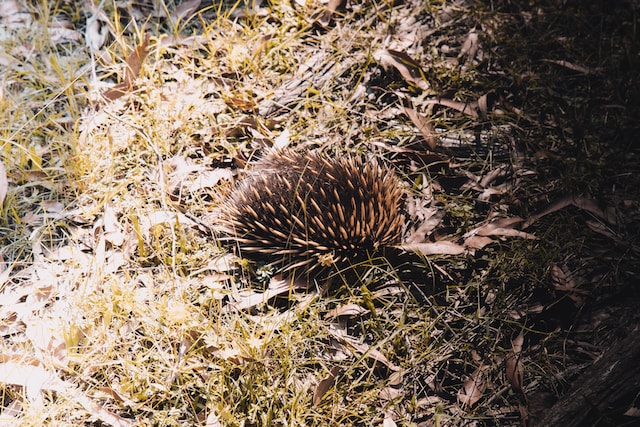
Tasmanian Devil
At first glance, the name “Tasmanian Devil” might seem frightening, but it is actually an adorable creature. Originally called the “Tasmanian marsupial,” Europeans gave it the name “Tasmanian Devil” because they found its vocalisations scary, resembling the braying of an enraged donkey but ten times louder!
Tasmanian devils are not skilled hunters and mainly feed on carrion. They might look cute like little bears, but don’t be fooled. When they open their mouths, you’ll see powerful jaws capable of crushing bones. When their white ears turn red, it’s a sign of aggression!
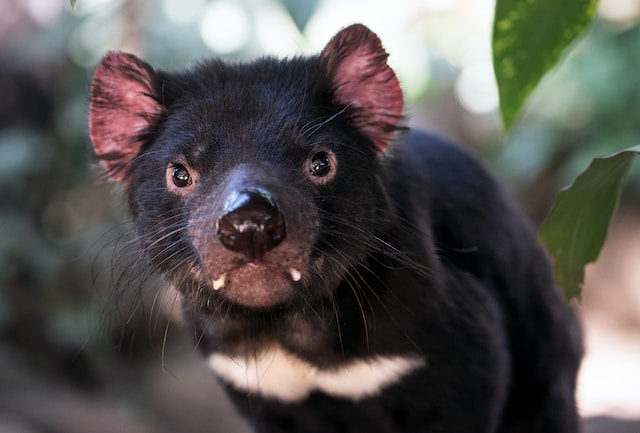
Wombat
Don’t confuse wombats with koalas! Wombats are marsupials unique to Australia, with a short and chubby stature, stout bodies resembling bears, small eyes, and faces like mice. Even though they have short legs, they have strong muscles and are about 1 meter long, with short tails. They are even shorter and stockier than koalas, making them extremely cute.
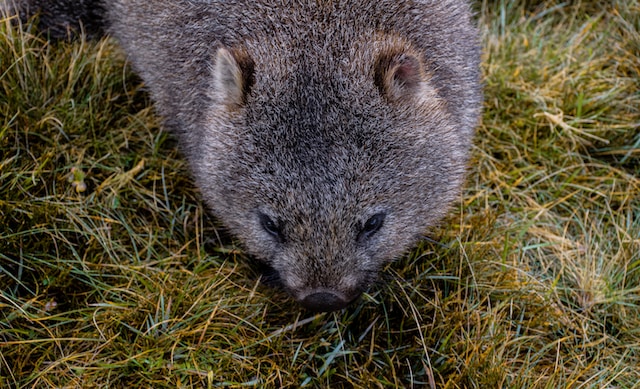
Oceania is home to many ancient species, and these animals are not native to other continents.



